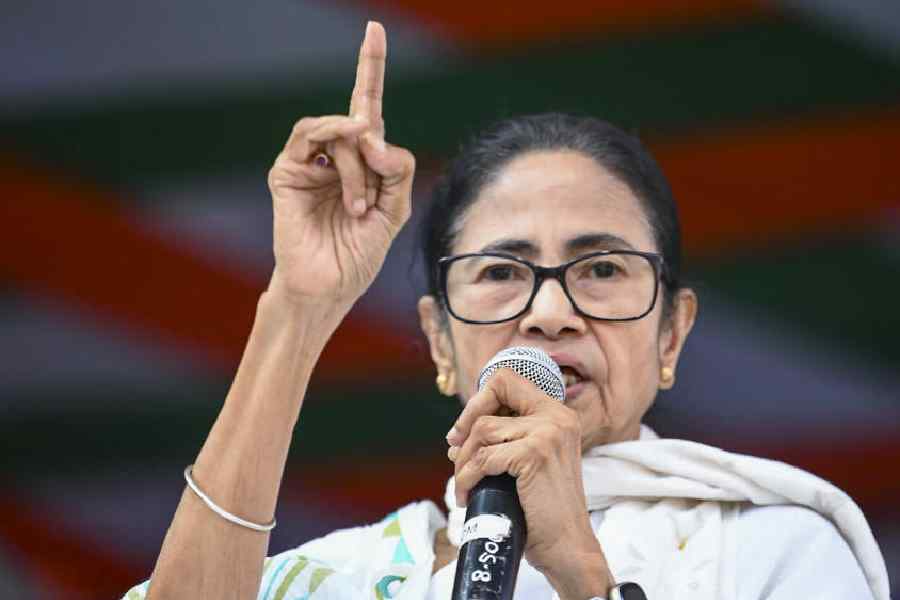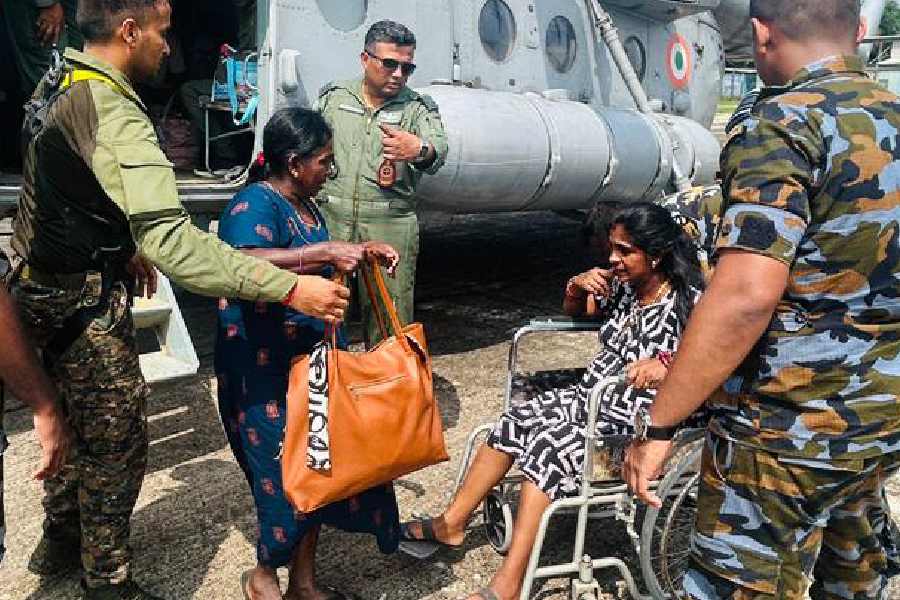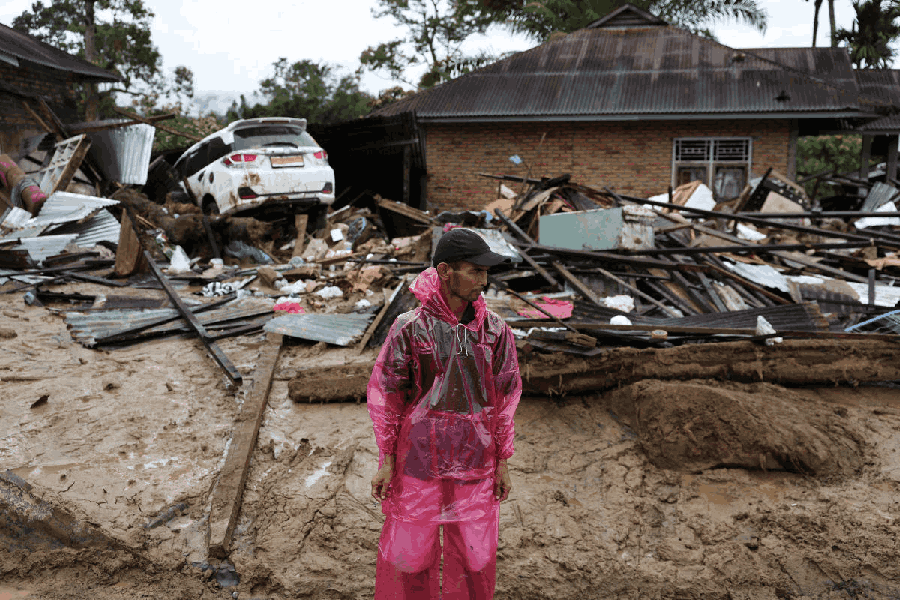The political turmoil in Bangladesh has led to the emergence of certain opportunities in trade and business in some other South Asian countries. Till recently, Bangladesh was the second-largest exporter of ready-made garments globally, next only to China. But ever since the beginning of the political turmoil last August, many factories have closed down and production has come down by nearly 15-20% when compared to the corresponding period of the previous year. Order suppliers, mostly from Western nations, are hesitant to continue the trade with Bangladesh and are looking for alternative sources of supply as there is no indication of the erstwhile political stability returning to the nation.
Low wage, extended hours of work, and large manufacturing units were the principal reasons for the spectacular growth of Bangladesh in the RMG sector. In West Bengal and other Indian states, manufacturing units mostly come under small and medium scale industries. Outsourced and fragmented manufacturing processes typically characterise this sector. Consequently, the turnaround time from getting an order to shipment is higher in India. Also, relatively higher wages make India-made garments more expensive. According to a study, the unit labour cost of making a cotton shirt in the United States of America is $7 as opposed to 50 cents in India and 22 cents in Bangladesh.
Take advantage
India’s comparative advantage lies in the production of cotton fabrics. India is the biggest supplier of cotton yarn and fabrics to Bangladesh. However, Bangladesh also imports cotton from China, Pakistan and some other countries. Cotton exported from India through the Benapole land port involves lesser costs in transportation and logistics and shorter lead-time as compared to buying the same from distant countries. Before the pandemic, Bangladesh used to import 60% of its cotton from India, the single largest source of raw material for its much-cherished apparel industry. Over time, Bangladesh has reduced its dependence on imported fabrics.
Can Bengal and the other states of central and eastern India, where wages are relatively low compared to the southern and western states, organise large manufacturing units for making readymade garments to take advantage of the emerging opportunities? Bengal is the birthplace of the hosiery industry in India. The first hosiery factory was set up in Kidderpore and Bengal still maintains its predominance in the manufacturing of hosiery goods. The factories in Calcutta, Howrah and the South 24 Parganas employ more than one lakh workers and some of India’s biggest hosiery companies are based in Bengal.
Right time
The state has a skilled workforce that can be re-trained in garment-making and organised into large units to capture the Western market of readymade apparels. The factories in and around Calcutta also have the advantage of accessing the Calcutta-Haldia port complex. The turnaround time of such factories from receiving an order to delivery is likely to be quite reasonable as compared to Bangladesh.
The textile and apparel sector accounts for 9% of Bengal’s GDP. The West Bengal Industrial Development Corporation had developed a garment park at Tangra to facilitate garments and apparel manufacturing units. What is needed are similar initiatives in different parts of the state. If the opportunity that has come is missed, some other state will fill up the vacuum. This is the time when the Bengal government’s initiatives in the RMG sector may go a long way in restricting the flight of the skilled workforce to other parts of India.











